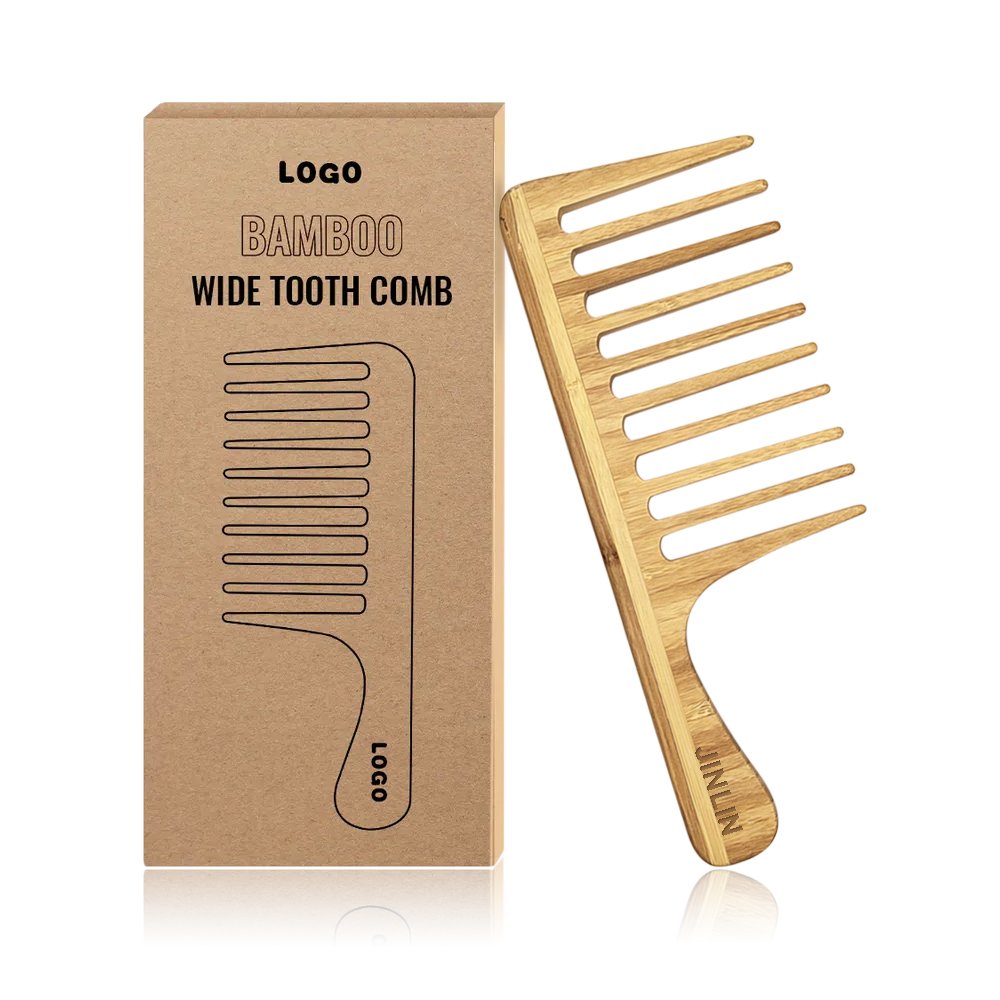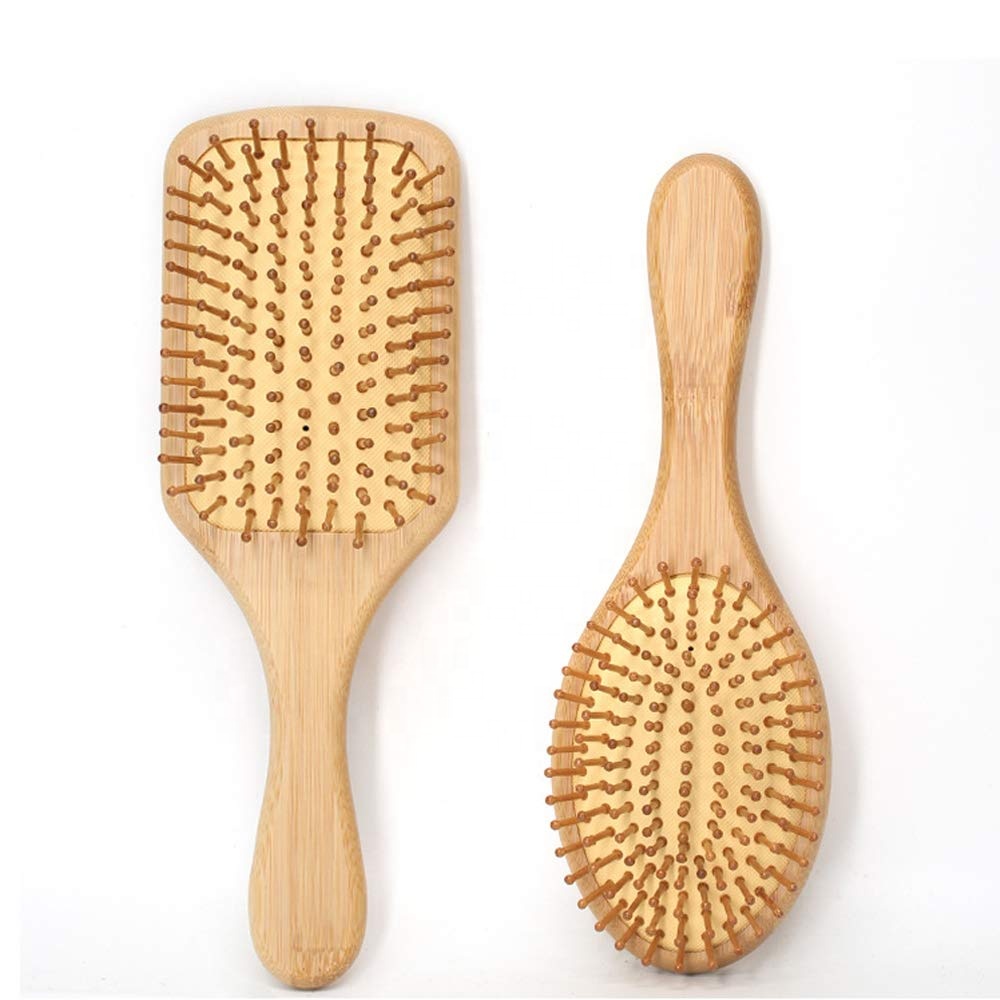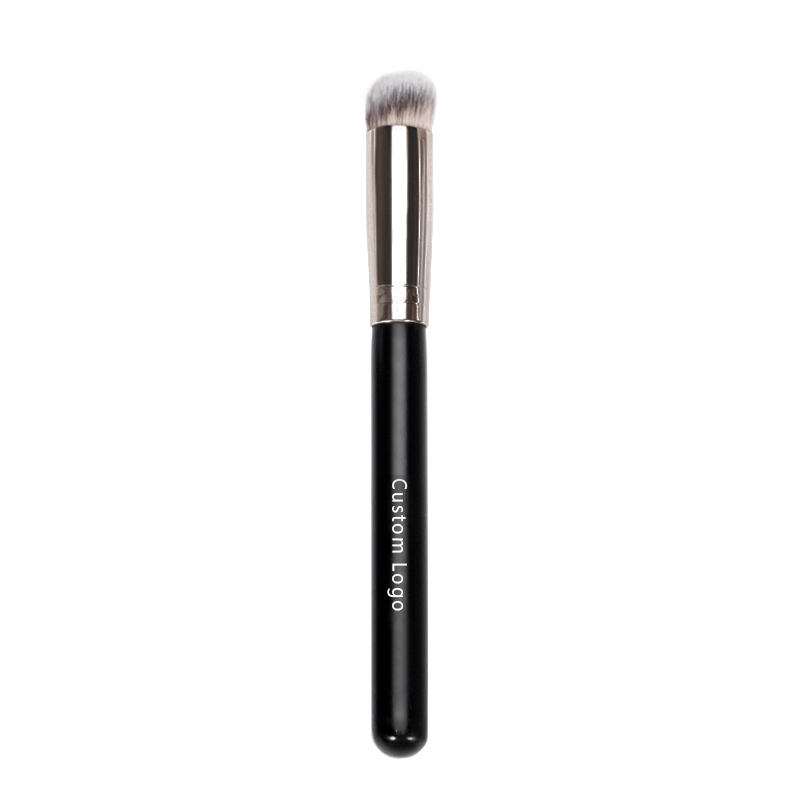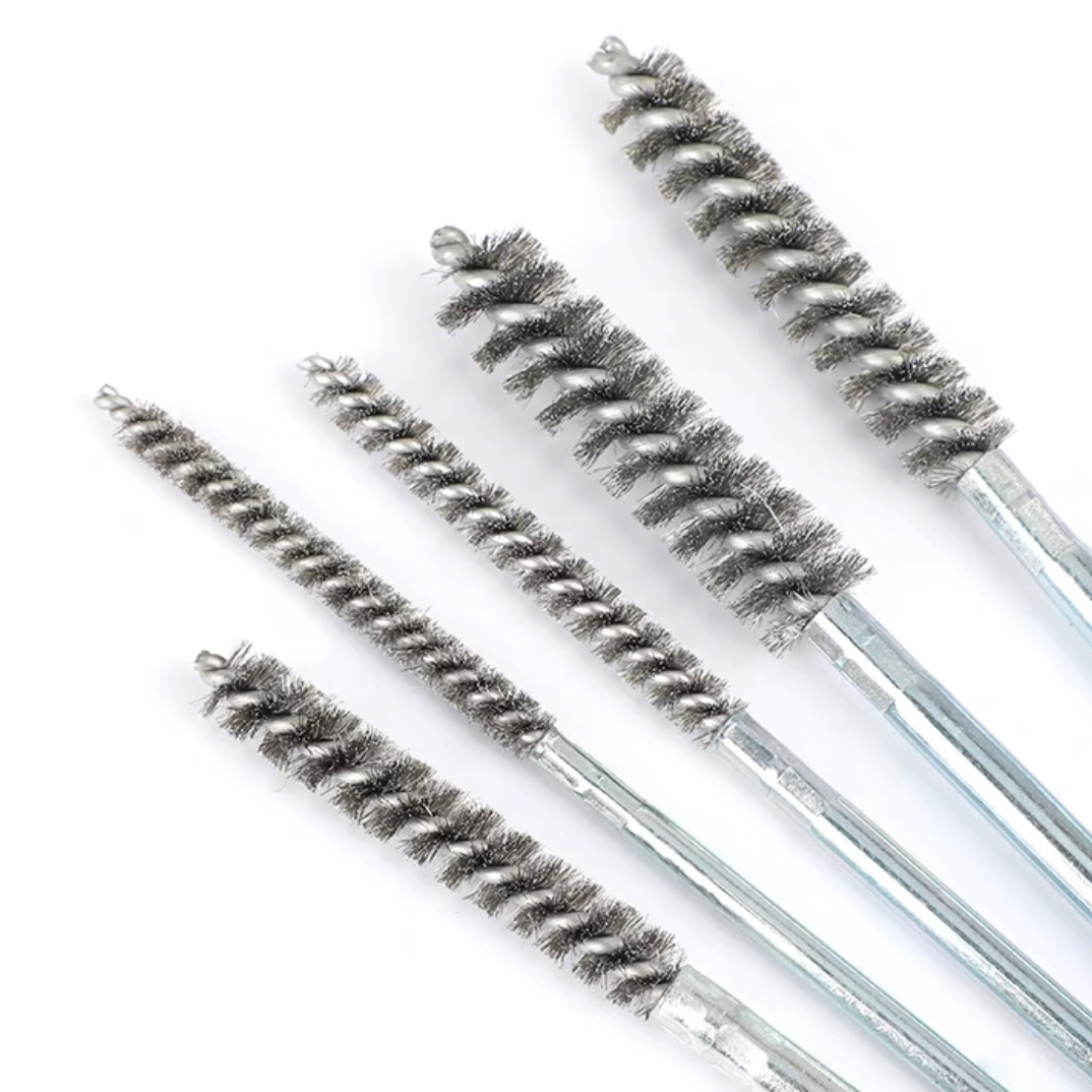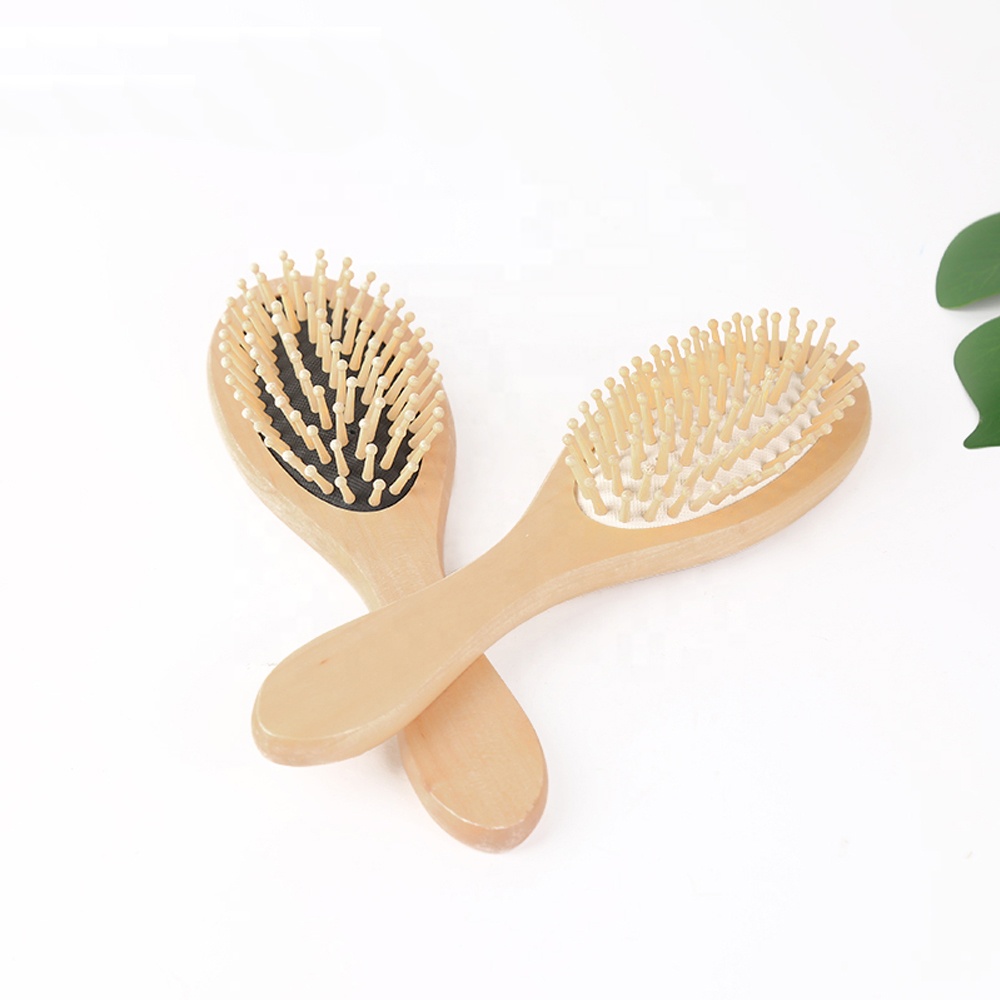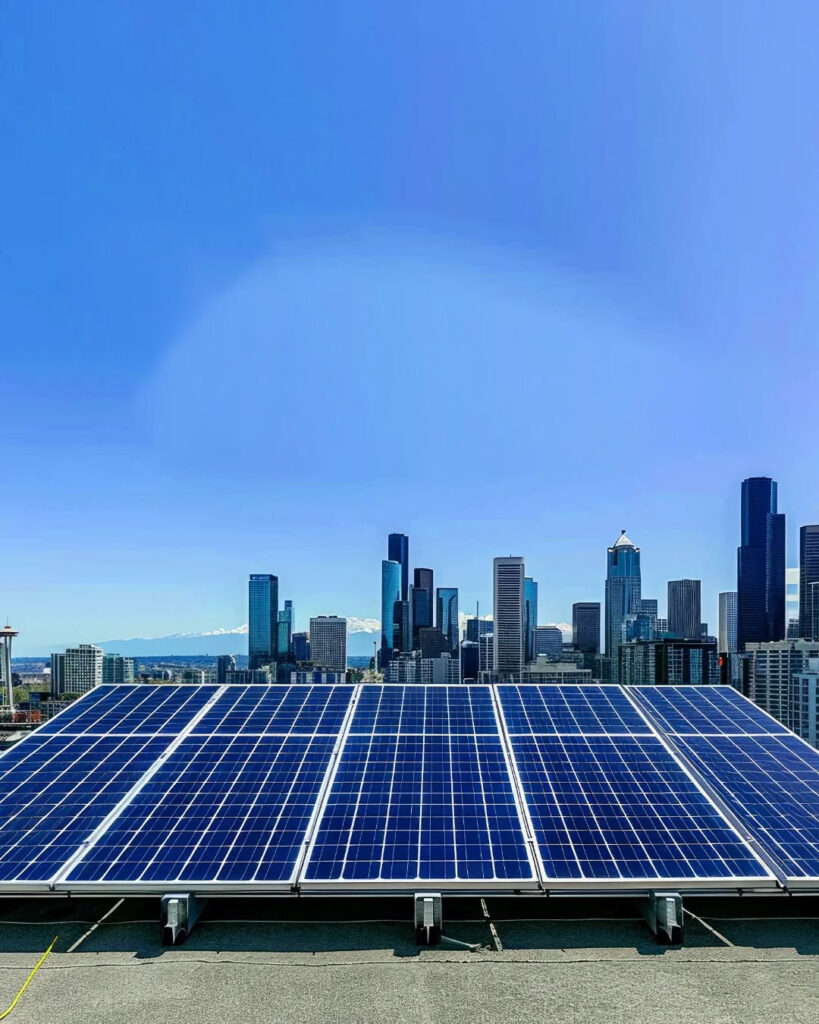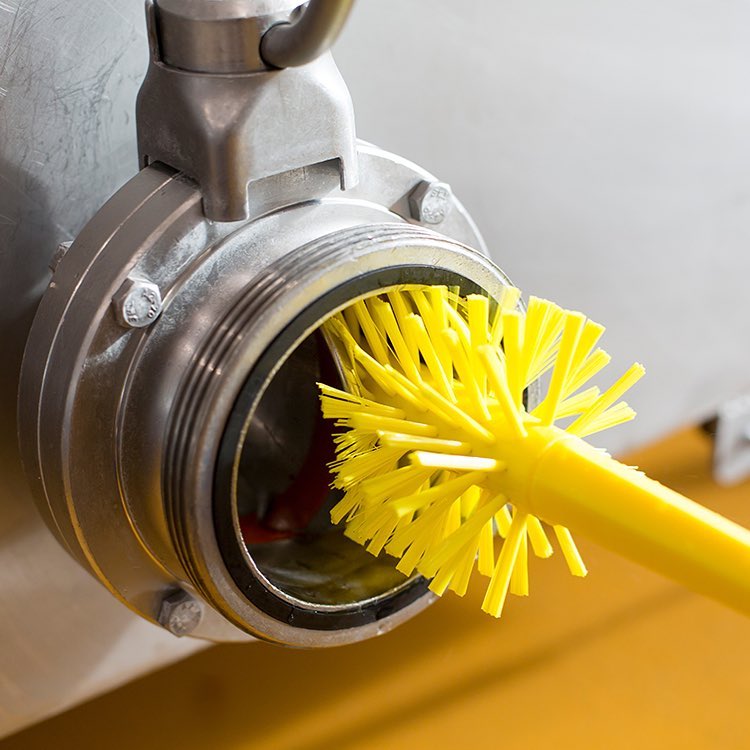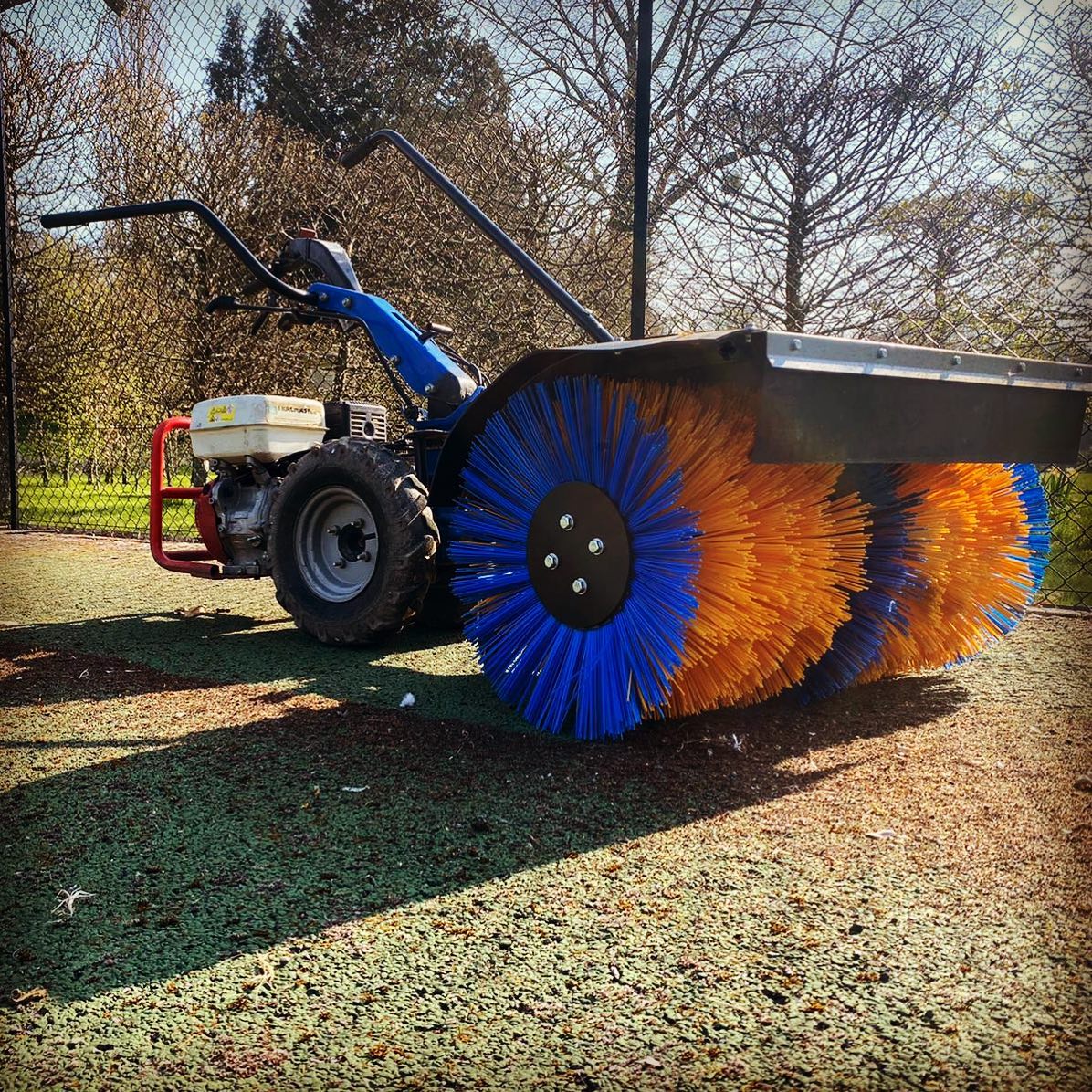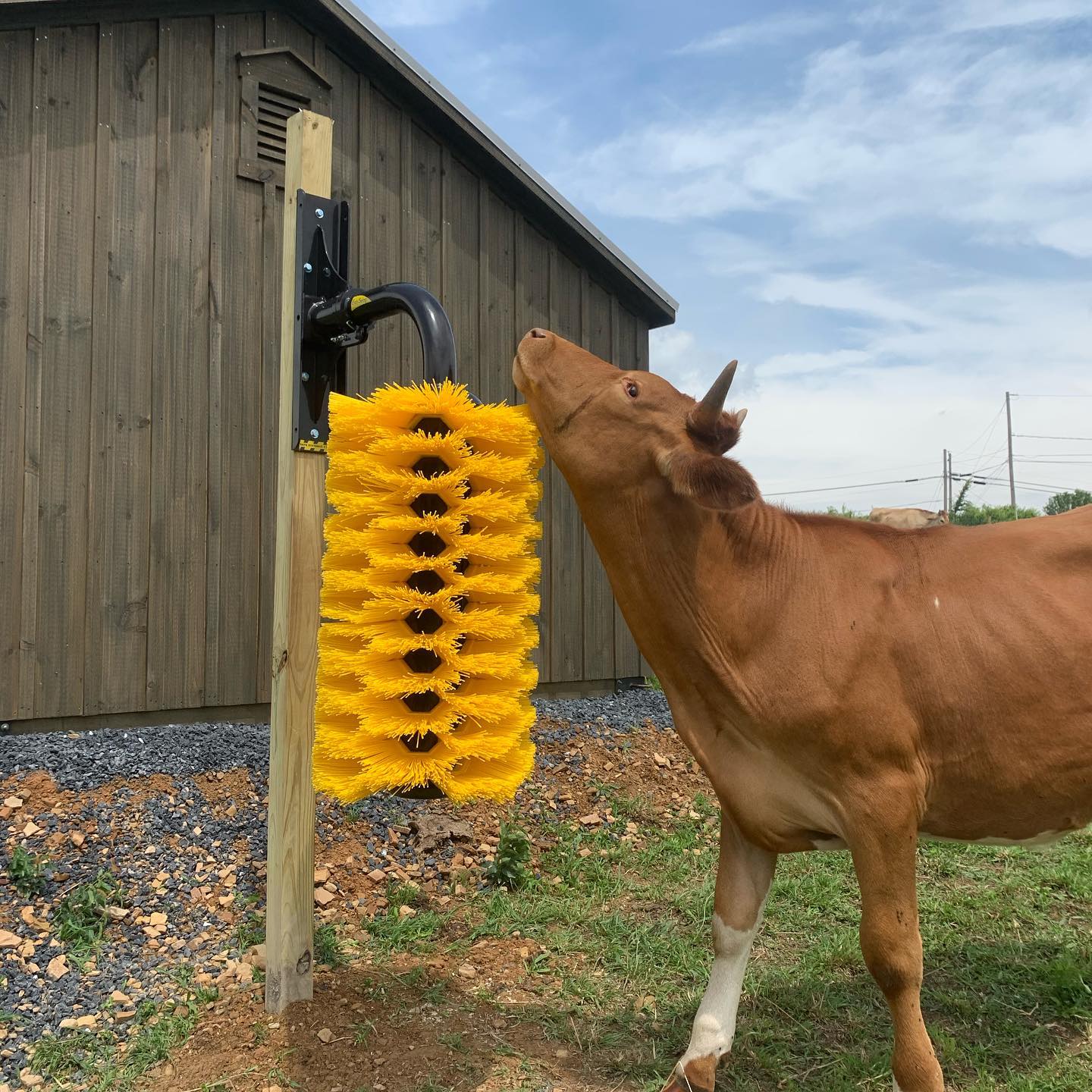Sommario
Introduzione
The best way to clean your solar panels is by using clean water and a soft, non-abrasive cloth or sponge—similar to how you’d wash your car or windows. This gentle approach ensures that dirt, dust, and debris are removed without damaging the panel’s surface. Using eco-friendly dish soap is acceptable if needed, but harsh chemicals and abrasive tools should always be avoided. Keeping your solar panels clean isn’t just about appearance—it directly affects your energy output and, in turn, your electricity bills.
Solar panels are typically installed at an angle that allows rain to wash away surface dust naturally. However, in areas like Australia, where droughts can last for months and environmental factors such as bird droppings, pollen, or salt residue are common, panels often require manual cleaning to maintain peak performance. This guide will walk you through everything you need to know about safe and effective solar panel cleaning—whether you choose to do it yourself or hire a professional.
Why Clean Solar Panels Matter
Clean solar panels ensure maximum efficiency by allowing unobstructed sunlight to reach the photovoltaic cells. Over time, grime and debris can form a layer that blocks sunlight, significantly reducing energy production. According to various studies, dirty panels can lose up to 20% of their efficiency, which can translate to higher electricity bills and reduced return on investment.
Your solar power system is a long-term investment, and like any significant investment, it needs proper care. Regular cleaning ensures your panels operate at optimal levels and extends their lifespan.
Common Causes of Dirty Solar Panels
- Dust and Pollen: Especially prevalent in dry, rural, or farming regions.
- Bird Droppings: These can be sticky and block light from reaching the solar cells.
- Leaves and Twigs: Particularly an issue if your roof is surrounded by trees.
- Salt Residue: Coastal homes often struggle with salt particles from the ocean air.
- Airborne Pollution: Living near highways, factories, or construction sites increases exposure to grime and debris.
How Often Should You Clean Solar Panels?
In Australia’s varied climate, it’s advisable to clean your panels at least twice a year. However, frequency can vary based on your location:
- Urban areas near construction zones or highways: Every 3–4 months.
- Coastal regions: Every 3–6 months due to salt residue.
- Near deciduous trees: Clean in autumn and spring to remove falling leaves and pollen.
- After extreme weather such as dust storms or bushfires: Inspect and clean as needed.
If you’re unsure, monitor your energy production. A drop in output may indicate that it’s time to clean your panels.
Where More Frequent Cleaning Is Necessary
1. Coastal Areas
Salt from sea spray can leave a stubborn film on your panels, reducing their effectiveness. Even misty mornings can deposit salt particles over time.
2. Industrial Zones
Factories and construction sites release airborne particulates that can settle on nearby rooftops, including your solar panels.
3. High Traffic Locations
Homes situated near busy roads or highways are more exposed to exhaust particles and grime, requiring more frequent maintenance.
DIY Solar Panel Cleaning: A Step-by-Step Guide
Safety First
- Wear non-slip shoes.
- Use a safety harness.
- Avoid working during peak heat hours.
- Never clean panels during wet or windy conditions.
Best Time to Clean
Early mornings, late afternoons, or cloudy days are ideal—panels will be cooler and easier to clean, and water won’t evaporate too quickly, which can leave streaks.
Tools You’ll Need
- Soft, non-abrasive sponge or microfiber cloth
- Garden hose (low pressure)
- Squeegee or chamois
- Bucket of water (add a few drops of mild dish soap if necessary)
- Extendable pole (for hard-to-reach areas)
Cleaning Process
- Rinse the panels gently with water to loosen dirt.
- Use the sponge to remove grime in circular motions.
- Rinse again with clean water.
- Dry with a soft squeegee or chamois to avoid streaks.
Consiglio da professionista: Always check your manufacturer’s warranty before using any soap or cleaning tool to ensure you’re not voiding coverage.
What Not to Do When Cleaning Solar Panels
- No pressure washers: The high force can crack the glass or damage the mount.
- No harsh chemicals: Bleach, ammonia, or abrasive cleaners can erode the anti-reflective coating.
- No abrasive tools: Steel wool, scrub brushes, or even rough sponges can scratch the panel surface.
- Never walk on panels: They can crack under pressure and void your warranty.
When to Call in the Professionals
Hiring professional solar panel cleaners might be a smart choice if:
- Your roof is steep or hard to access.
- You’re elderly or physically limited.
- There’s heavy buildup (bird droppings, salt, sap).
- You want a full inspection and cleaning.
Professional cleaners use specialized tools and safety equipment and can also detect early signs of panel damage or wear.
Additional Feature 1: Maintenance Tips for Long-Term Efficiency
- Monthly visual checks: Look for cracked glass, nesting birds, or shade-causing vegetation.
- Check your inverter display: This tells you whether your system is working at full capacity.
- Keep a cleaning schedule: Just like oil changes in your car, schedule biannual cleanings.
- Log energy output: Use a solar monitoring app to detect output drops that may indicate dirty panels.
Additional Feature 2: Benefits of Regular Solar Panel Cleaning
- Maximized energy output: Clean panels absorb more sunlight.
- Increased ROI: More efficiency means faster payoff of your solar investment.
- Extended panel lifespan: Removing corrosive grime prevents long-term damage.
- Better aesthetics: Clean panels look better and add to your home’s curb appeal.
Conclusion: Keeping Your Solar Panels in Top Condition
To recap, the best thing to use when cleaning solar panels is a simple combination of water and a soft, non-abrasive cloth or sponge—just like washing windows. Avoid chemical cleaners, abrasive brushes, and pressure washers to keep your system safe and efficient. In many regions, rain will handle basic cleaning, but scheduled manual cleanings are necessary for optimal performance.
Taking care of your solar panels is an essential part of being a solar energy user. With regular cleaning and mindful maintenance, your panels can serve you efficiently for 25 years or more. Whether you opt for a DIY approach or call in professionals, keeping your panels free from grime ensures you’re getting the most from your solar investment.
Domande frequenti
1. Can I use tap water to clean my solar panels?
Yes, tap water is perfectly fine for cleaning your solar panels. However, if you live in an area with hard water, it may leave mineral deposits. In that case, consider using deionized or distilled water to avoid streaks or buildup.
2. How can I tell if my solar panels need cleaning?
Look for a noticeable dip in energy production or physically inspect the panels for visible dirt, bird droppings, or debris. If you notice a drop of 10–20% in output and no hardware issues are detected, cleaning is likely needed.
3. Is it safe to use a hose on solar panels?
Yes, as long as it’s a standard garden hose with low pressure. High-pressure hoses or washers can damage the glass or dislodge wiring or mounts.

